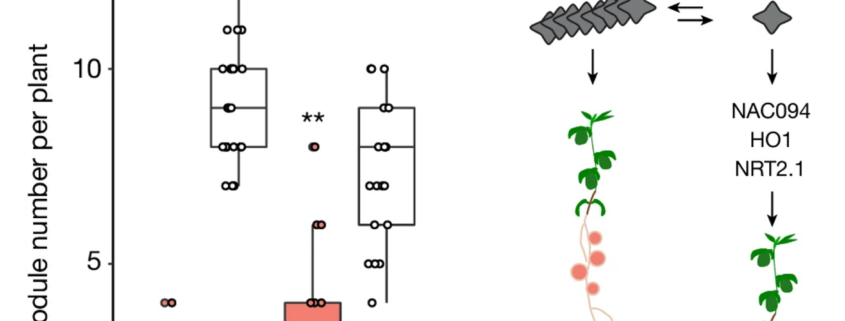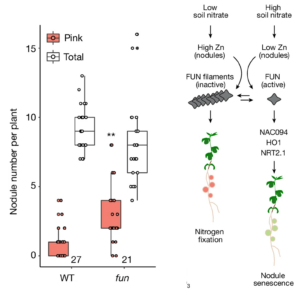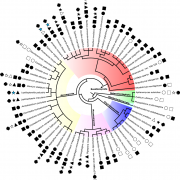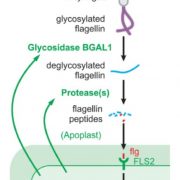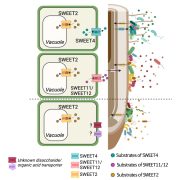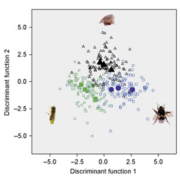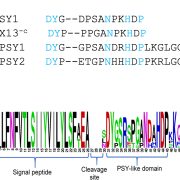Zinc regulates symbiotic nitrogen fixation in response to soil nitrate
Legume plants inhibit the energy-intensive process of symbiotic nitrogen fixation when sufficient nitrate is present, primarily through nodule senescence. However, the nodule-specific genetic regulatory mechanisms of nitrate sensing and nodule senescence are poorly understood. A recent study by Lin and Bjørk et al. identified a key genetic regulator. The authors conducted a large-scale genetic screening from a population of insertional mutants of the nodule-forming legume lotus and identified a mutant that maintained nodules even in the presence of ample nitrogen. The affected gene in the mutant, termed FUN (fixation under nitrate), encodes a protein that acts as a nodule-specific transcriptional factor that positively regulates nodule senescence under high nitrate. Notably, FUN is regulated at the protein level through its zinc-binding sensor domain. When Zn levels increase, FUN transitions from an active monomeric state to inactive filamentous form, inhibiting the transcription of downstream genes associated with nodule senescence. Using zinc sensitive dye, X-ray fluorescence, and reporter lines, the authors established an inverse relationship between nitrate availability and intracellular zinc concentration in nodules, confirming zinc’s role as a secondary messenger. This study provides new insights into the regulation of nitrogen fixation in legumes. (Summary by Arijit Mukherjee @ArijitM61745830) Nature 10.1038/s41586-024-07607-6


